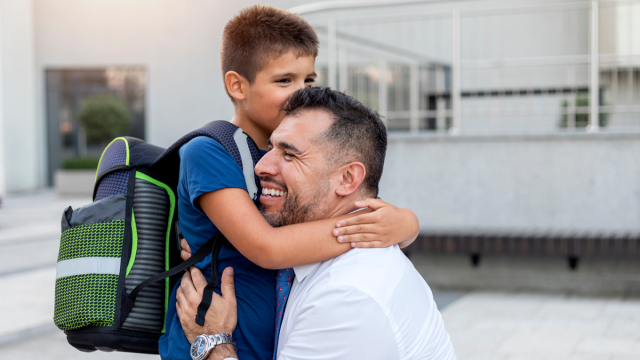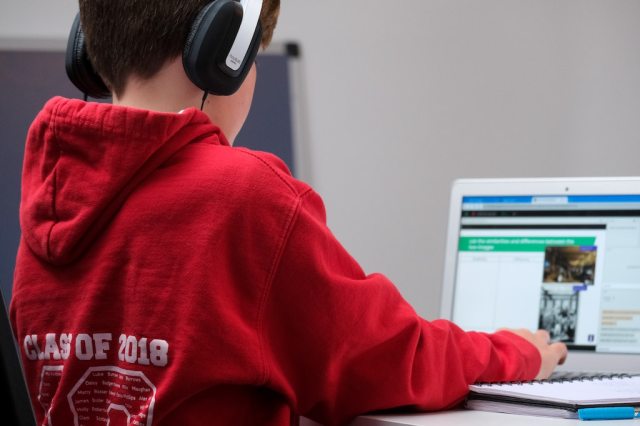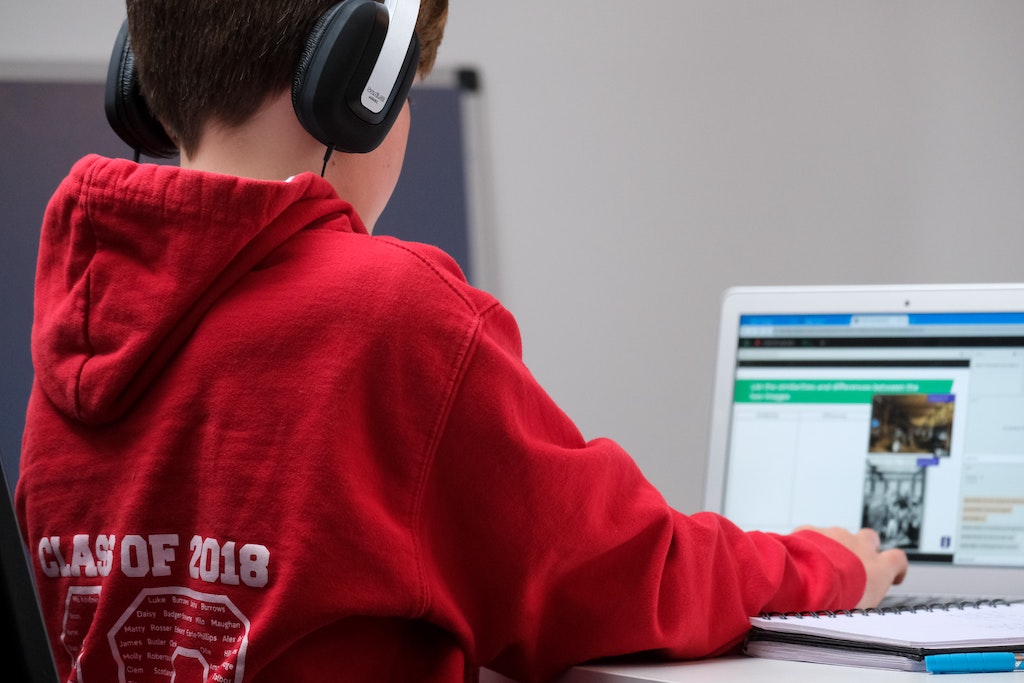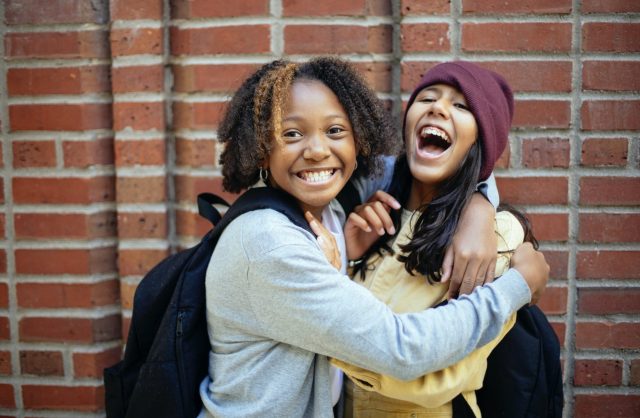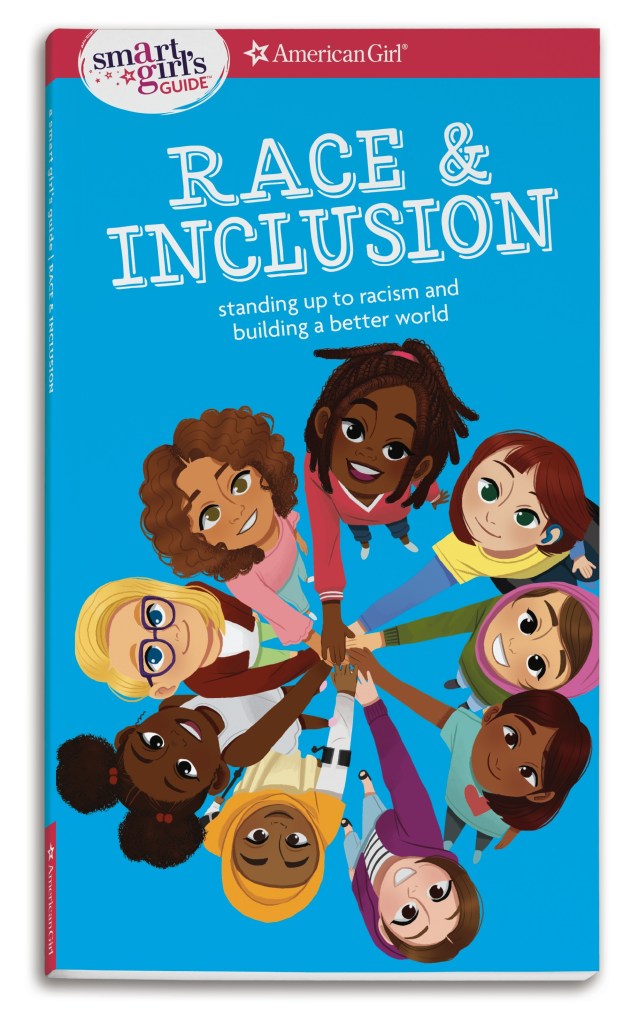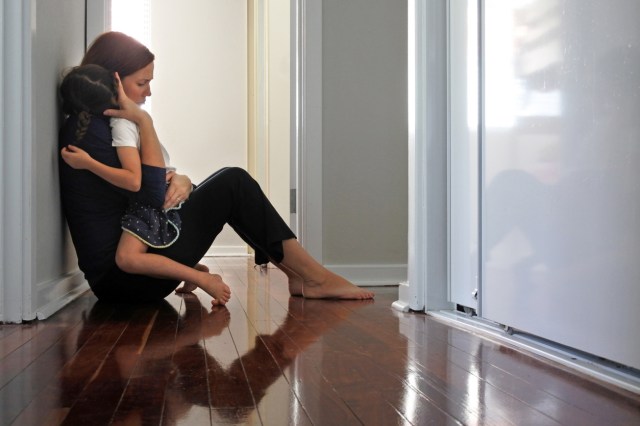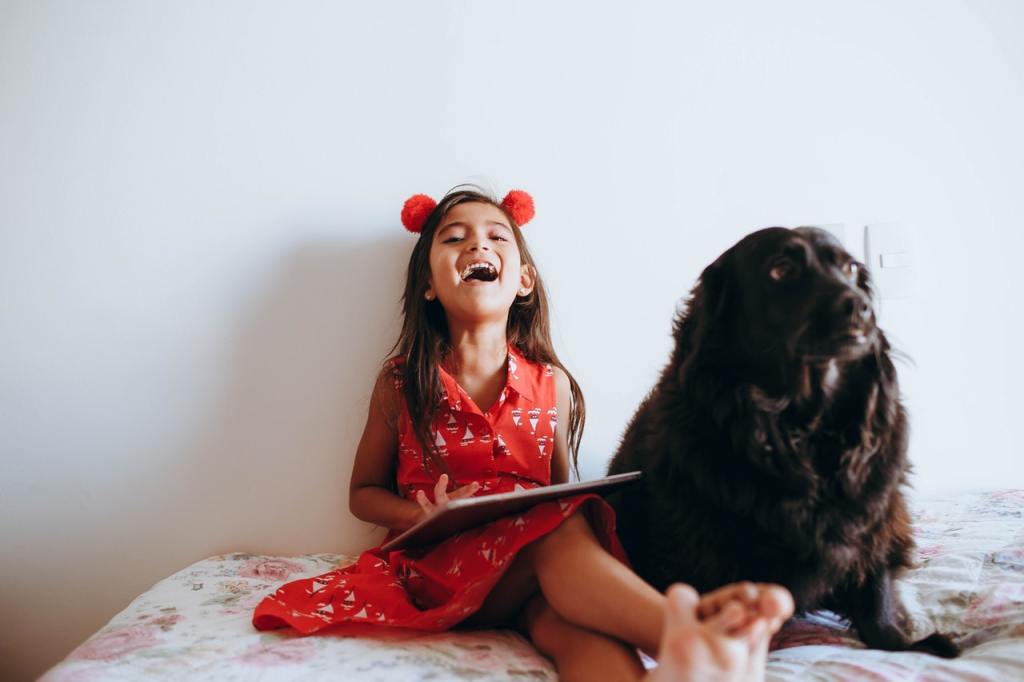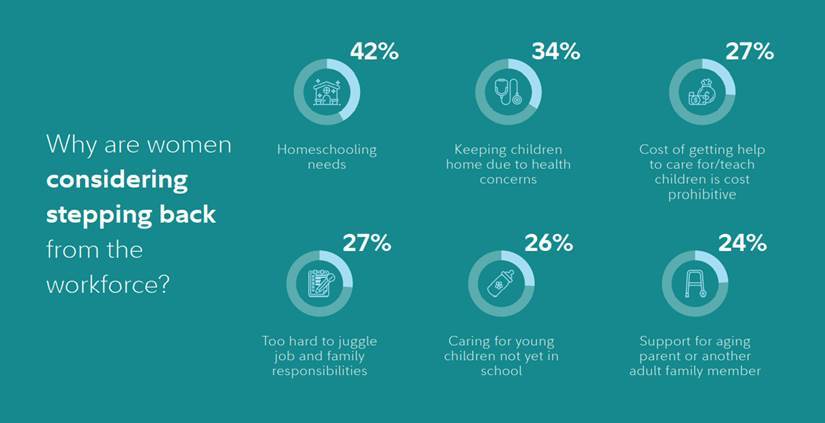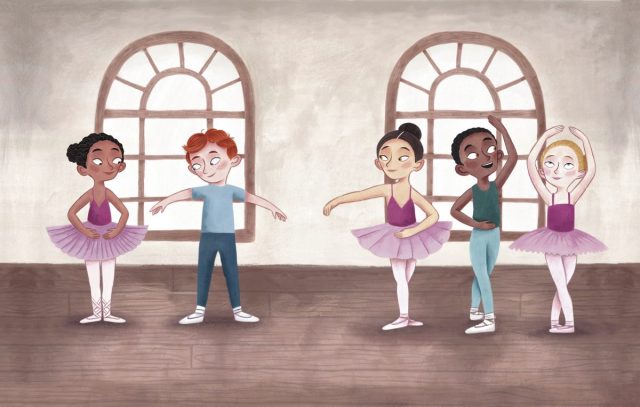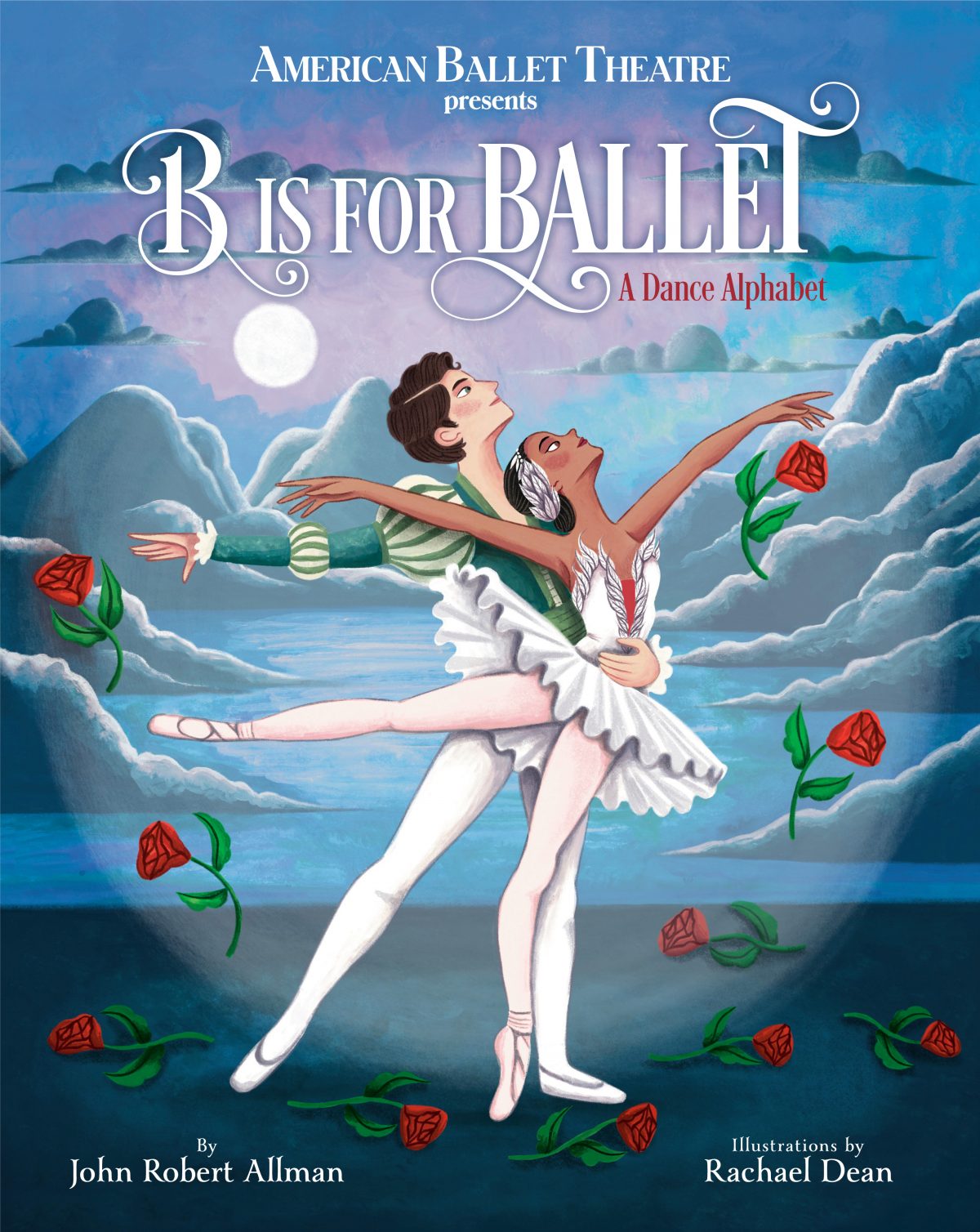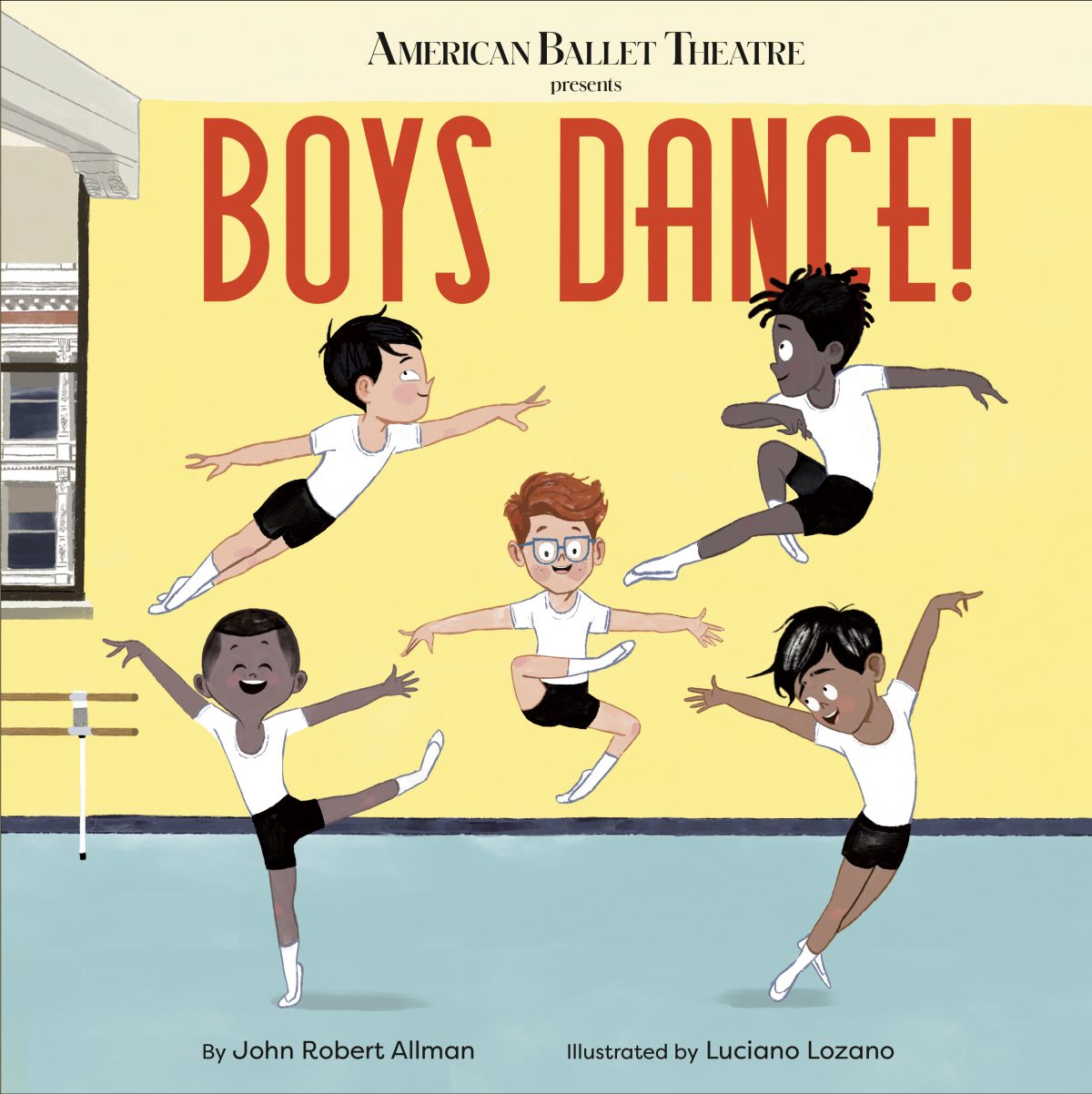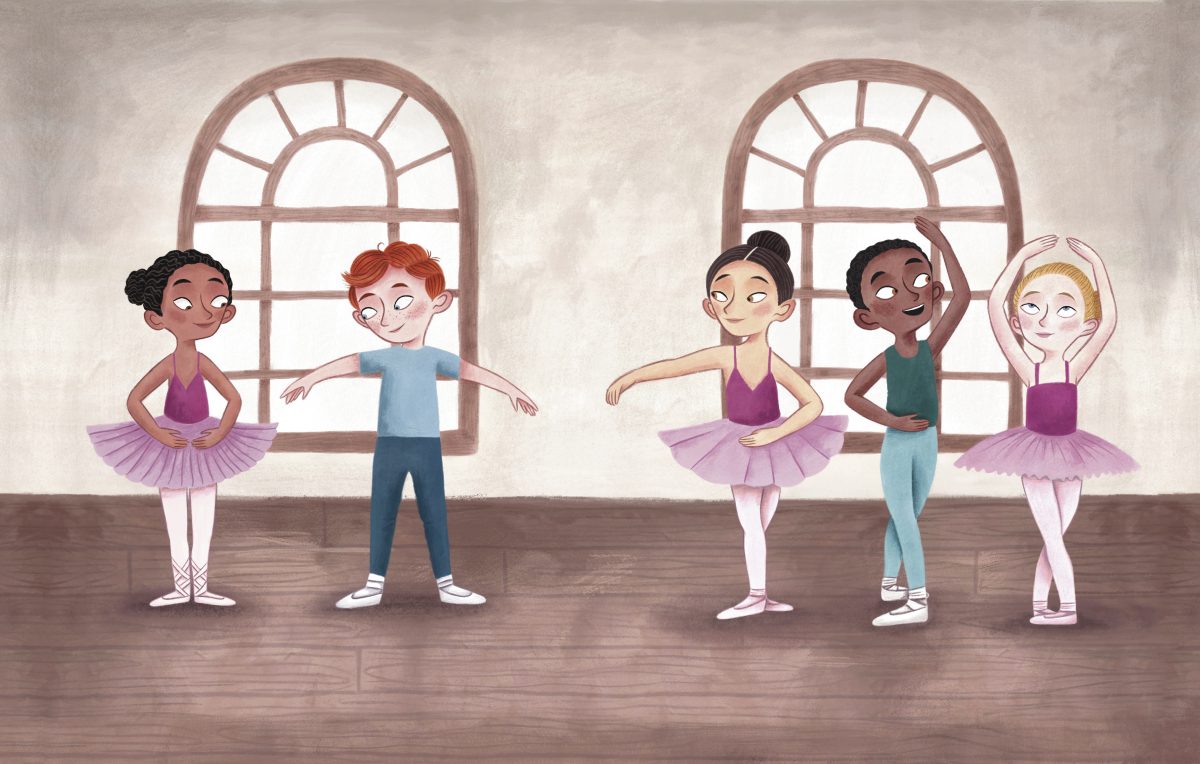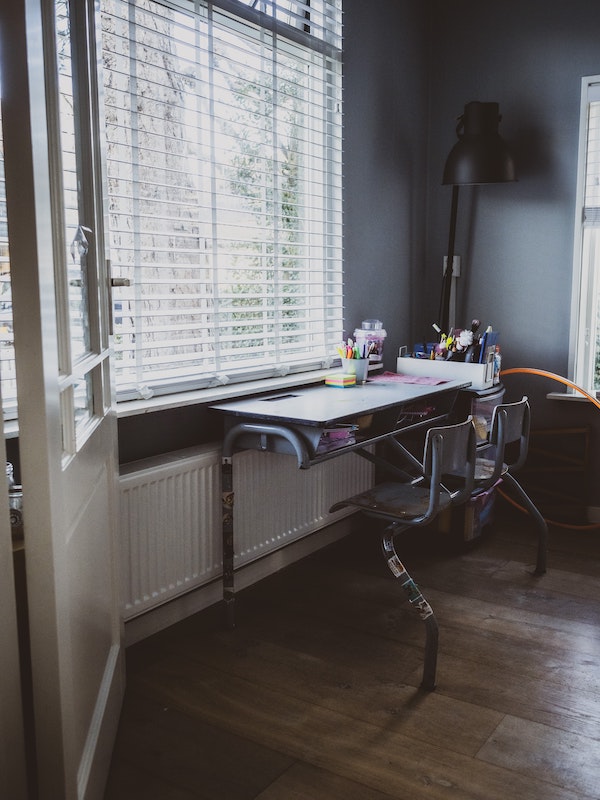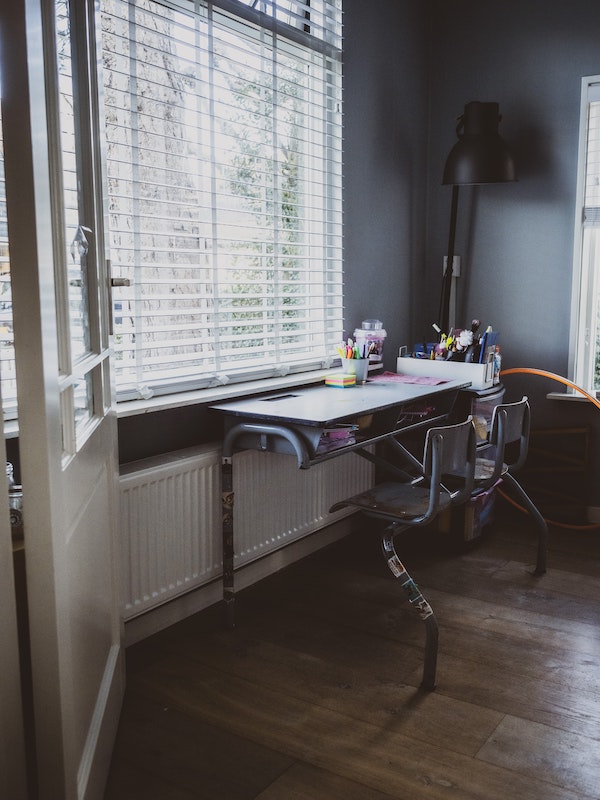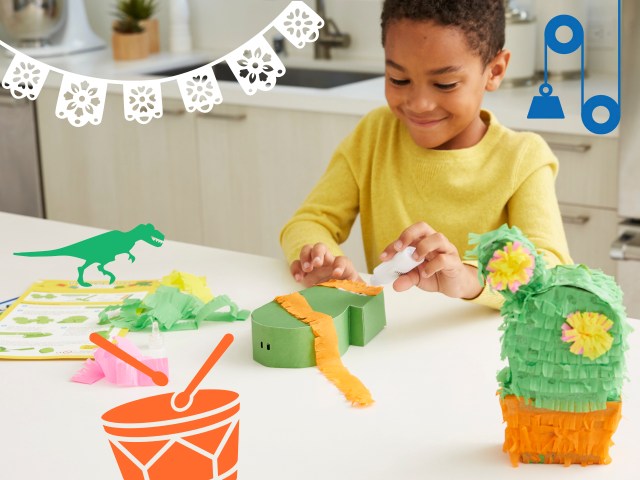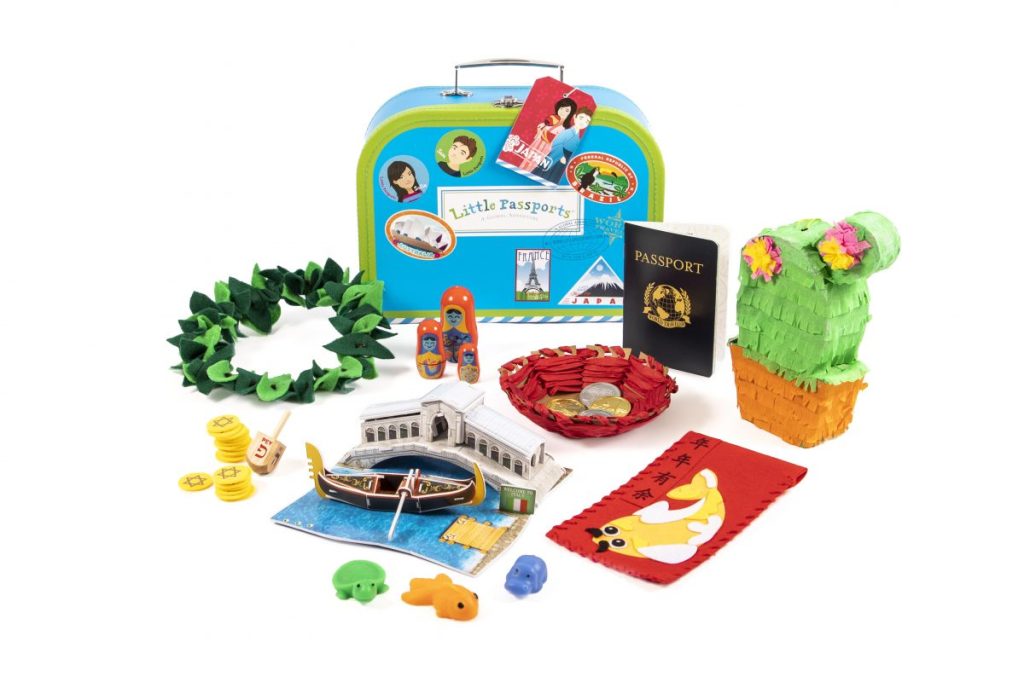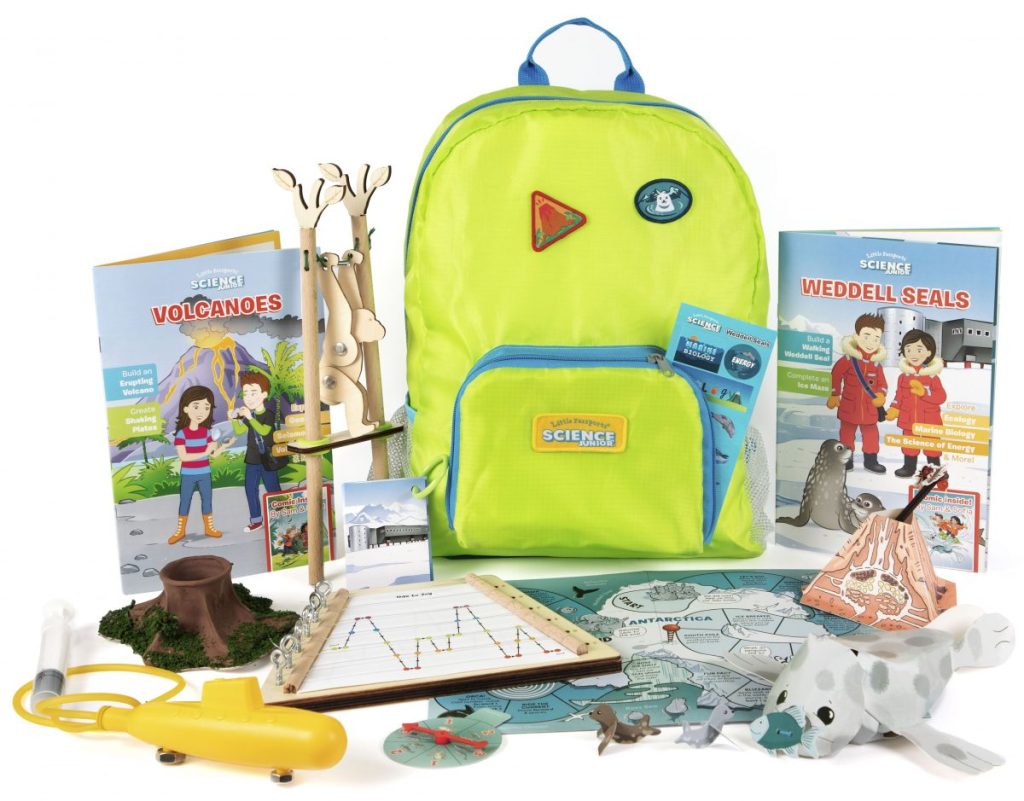To me, there are things more important than just having a good day
A lot of parents say, “Have a good day!” to their kids as either party leaves the house. But I don’t just want my children to have a good day—even though that is important to me. There are other things I want them to also achieve and remember throughout their day. So, I started utilizing a short catchphrase I came across that embodies my hopes for my children’s day:
“Be good. Learn lots. Do your best. Have fun.”
It may seem silly, but it has actually worked for my family. I had always wanted to find a simple way to not only improve communication with my kids but also help them internalize what I say. Using this catchphrase ensures that they’ll remember my message as they go about their day and hopefully act on it.
While the catchphrase is simple enough, there’s a wealth of meaning behind it.
Be Good
When I tell my kids this, it’s partly a reminder for them to follow the rules and guidance of their teacher. However, it’s also a reminder to do good by others and to be kind, respectful and caring towards those they run into. I want to motivate them to do the right thing as they go through their day.
Learn Lots
Kids are naturally curious. They ask hundreds of questions every day as they seek to learn how things work and why things are the way they are. By telling my kids to learn lots, I’m encouraging them to hold onto their curiosity and to find all the answers that they can.
I want them to embrace learning as part of their lives and to increase both their academic prowess and their social competence. Every situation provides an opportunity to learn something new, and when they hear this phrase, I hope they remember to remain open to discovering new things.
Related: 22 Things to Say to Your Kids This School Year
Do Your Best
I tell my kids that I’ll always be proud of them as long as they do their best in whatever they’re doing, regardless of the outcome. I want them to focus on putting their best foot forward rather than focusing on winning or just getting something done for the sake of it. I encourage them to learn from failure and remind them that doing their best is always good enough.
Have Fun
I want my kids to be kids and enjoy their childhood, and this part of the catchphrase reminds them to do just that. It’s also a reminder to me not to let my expectations of my kids get in the way of their enjoyment of particular activities. Parents have a way of putting undue pressure on kids to perform, and this can do more harm than good. So this phrase reminds me to let go of my expectations and let my kids just have fun.
My kids know these words by heart, and I hope the message behind them sinks in to help guide their thoughts, decisions, and behavior even when I’m not around.
Related: 20 Empowering Things to Say to Your Daughter Every Day
